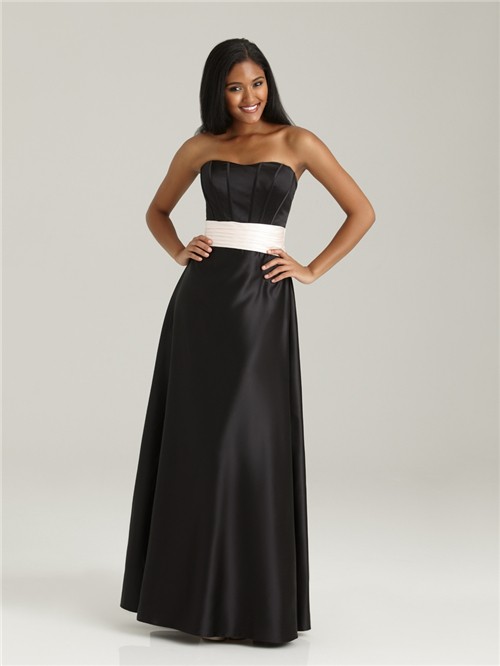Table of Content
- Why our brains see the black and blue dress as white and gold
- The Great Dress Debate Of 2015: What Was The True Color Of That Controversial Dress?
- Cobalt Animal Long Sleeve Midi Dress With Pockets
- ‘The Dress’ mystery has been solved and it’s all to do with what time your alarm goes off, an expert claims

Of course, later, experts posed the causation that it was an optical illusion closely related to the manner in which our eyes and brain have become accustomed to working. However, at the time, science had no reasoning to explain why individuals were seeing the dress differently and “the dress” became quite the unsolved mystery. Even vision scientists were puzzled by this duality in perception with regard to the color of the dress.

A larger sample size may provide more definitive evidence for macular pigment and VEP differences. While our results add to the growing body of knowledge regarding perception of the Dress and offer factors which may predispose observers to see WG vs. BB, we offer no definitive basis for the dichotomy in perception. Each display was set at default settings and viewed in a dimly lit room at approximately 60 cm with order of presentation counter-balanced across subjects. Generally, we humans tend to have a lower concentration of rods than we do of cones. Our high cone receptor concentration makes it easier for us to see in the light and detect color differences than cats, for instance.
Why our brains see the black and blue dress as white and gold
The dress, which is one of the most dramatic examples of a perceptual difference, demonstrates how difficult it is to perceive color. It is most likely that people believe the dress is in the shade of a tree by the time it is lit up in the morning. Many people assumed it to be a warm, artificial light because it is blue-black in color. The researchers in the United States and Germany had 15 people wear a dress under controlled lighting and manually change the color of a disc on a screen.
Remember, the dress is actually blue and black, though most people saw it as white and gold, at least at first. Mentally subtracting short-wavelength light (which would appear blue-ish) from an image will make it look yellow-ish. This writer first saw the dress as gold and white, until glimpsing the image below — the actual dress as sold on the website of the UK retailer Roman Originals (which, for just 50 British pounds, or about $77 US, can be yours!).
The Great Dress Debate Of 2015: What Was The True Color Of That Controversial Dress?
In other words, our individual sensitivity to the blue background lighting of the photo is changing how we see the object in the image. The second part of seeing, Haller says, is that “information from the retina is sent via the optic nerve to the brain.” In the brain, contextual processing occurs — this is why colors may look different at different times of the day. “There are differences in ambient light and interpretation, and the brain will weed out things like reflectants and changing bits of data,” she says. "For some reason, this particular photo and the lighting is throwing off that normal process, and magnifying the difference." How did this controversial dress manage to simultaneously gather more than 670,000 people on Buzzfeed, convince 900,000 visitors to take a poll and give no less than 10 million people at least one good reason to read the entire post? Here are a few plausible reasons why the blue and black/white and gold dress has succeeded in creating quite a stir worldwide.

Human eyes try to compensate for the chromatic bias of daylight colour. All related philosophical and epistemological debates aside, let’s get down to the science of how and why the general public can’t agree on the color of this fashionable dress. There is an entire subfield of psychology called sensation and perception, within which vision scientists vastly outnumber the researchers who devote their studies to the other senses.
Cobalt Animal Long Sleeve Midi Dress With Pockets
Businesses that had nothing to do with the dress, or even the clothing industry, devoted social media attention to the phenomenon. Adobe retweeted another Twitter user who had used some of the company's apps to isolate the dress's colours. "We jumped in the conversation and thought, Let's see what happens," recalled Karen Do, the company's senior manager for social media. Jenna Bromberg, senior digital brand manager for Pizza Hut, saw the dress as white and gold and quickly sent out a tweet with a picture of pizza noting that it, too, was the same colours. For a week, the debate became well known in Colonsay, a small island community.

Shop similar prints, patterns, and fabrications in a variety of dress lengths and designs so that your bride tribe can be excited about choosing their look to fit your dream wedding. No matter where you're headed, dressbarn offers a wide selection of women's dresses perfect for day, evening, and special events. Our women's dresses online come in various styles, sizes, colors, and materials to maximize comfort and elevate your wardrobe.
On 28 February, Roman Originals announced that they would make a single white and gold dress for a Comic Relief charity auction. In the first week after being uploaded, the post gathered 10 million tweets mentioning the dress, using hashtags such as #thedress, #whiteandgold, #blackandblue, #blueandblack and #dressgate. Human beings evolved to see in daylight, but daylight changes the colour of everything we see.

Our brain is responsible for the colors that we eventually see, as it takes all of these signals received by the different receptors and blends them together to form the final image we perceive. In the case of the blue dress, the brain is trying to subtract the colour bias caused by the light source. But some people’s brains are trying to get rid of the blueish tones - so they will see white and gold - and some are trying to get rid of the yellowy gold tones, which means they’ll see blue and black. People who saw the dress as a white-gold color probably assumed it was lit by daylight, so their brains ignored shorter, bluer wavelengths.
No comments:
Post a Comment